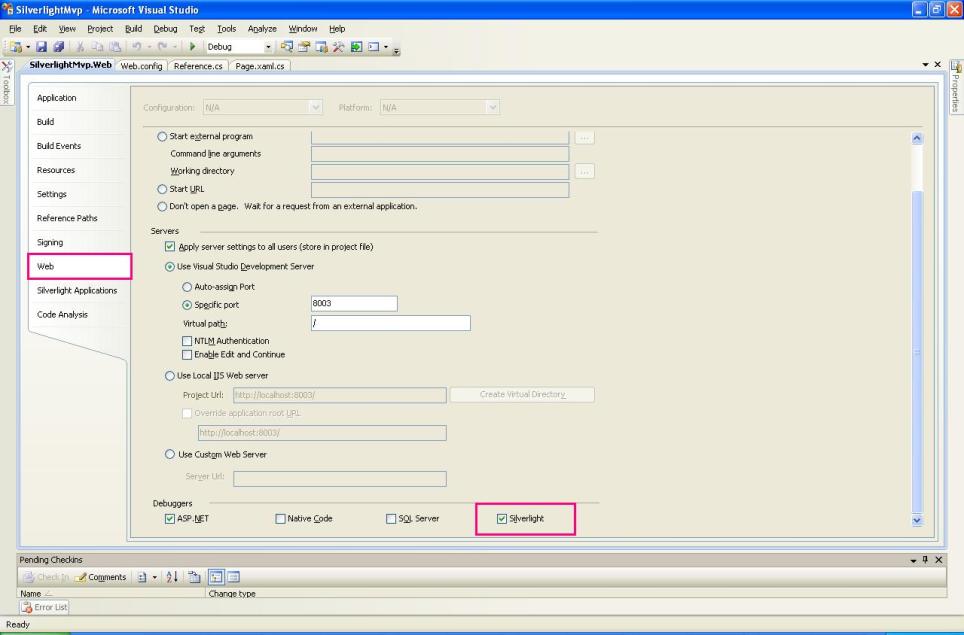Hi fellas,
This post was in my draft for quite a time now. Finally publishing it. 🙂
Silverlight 3 Beta is released and have already written a post on ‘Element to Element Binding’ which is one of the coolest additions to the latest version of Silverlight. When explored further, I came across this astonishing feature called Out-of-the-Browser Applications – which means your Silverlight Apps can run without the browser, in offline, just like a normal desktop applications will. Remember this kind of feature is not even present in Adobe AIR or Flash.
Now the obvious question in your mind is, should I write additional code to take advaentage of this feature? No there is no extra coding involved. However you need to make samll changes in the AppManifest.xml file. What are those changes?
- Add two properties ‘EntryPointAssembly’ and ‘EntryPointType’ in the Deployment tag. EntryPointAssembly should contain the value of your application name and EntryPointType should have the value of your applicationname.App. It should look like this.
<Deployment xmlns=”http://schemas.microsoft.com/client/2007/deployment” xmlns:x=http://schemas.microsoft.com/winfx/2006/xaml EntryPointAssembly=”YourApplicationName” EntryPointType=”YourApplicationName.App”
-
Now add the following section under the deploument tag
<Deployment.ApplicationIdentity>
<ApplicationIdentity ShortName=”Your Application’s Name” Title=”Your Applications’s Title”>
<ApplicationIdentity.Blurb>
Type text that will be displayed as tooltip for your application
</ApplicationIdentity.Blurb>
</ApplicationIdentity>
</Deployment.ApplicationIdentity>
- Now run your application. Right click on your browser screen. You will get an option “Install this application onto your computer” in addition to the “Silverlight Configuration” option. Select “Install this application onto this computer” option. Now windows will prompt for the shortcut locations to select. When clicked Ok, the application will be installed locally.
Pleasea leave your comments.
Thanks.



